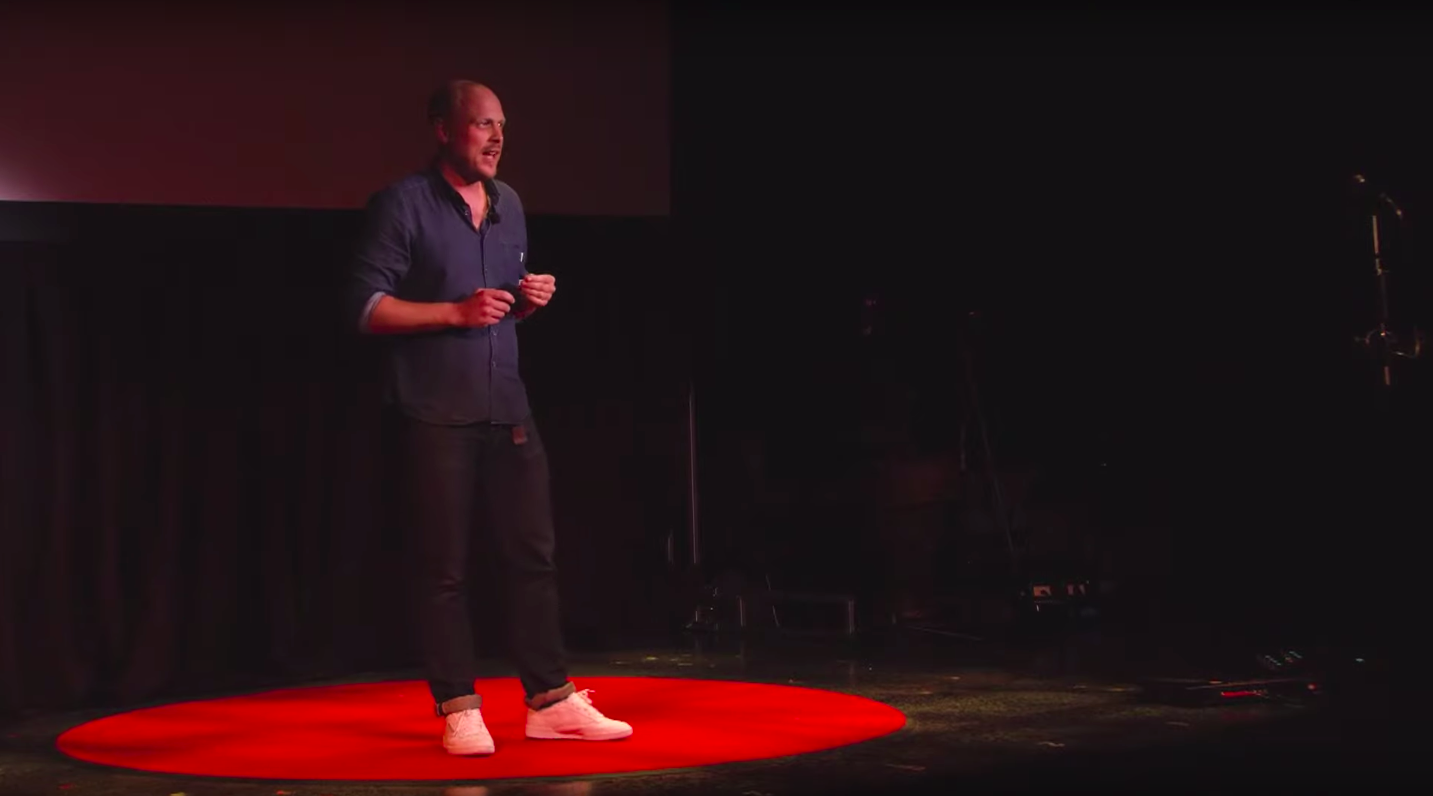“Imagine a world where age didn’t matter. Where we didn’t judge you for being old and you didn’t spend your entire life trying to stay young.” – Matt Hirst
Matt Hirst, a partner here at West, is working to reframe our perspective on aging with AGEIST, a media platform he co-founded to reinvent how life after 50 is lived, experienced and understood.
His recent TEDxBroadway talk builds on this mission, diving into why we’ve pigeon-holed our elders and how we––as marketers, creatives, and innovators––accidentally stopped engaging with the one consumer who might actually have it all. Matt‘s perspective is compelling on why we need to not only broaden our horizons on aging, but also include this valuable group in our customer outreach.
Tell us about the origins of AGEIST?
AGEIST started as a conversation between my neighbor in LA, (the photographer) David Harry Stewart. I was 36 and he was 56. He had just come off a photoshoot for an AT&T campaign on behalf of Vice in which he had been asked shoot young (~20-year-old) hip, urban AT&T users in the street in NY. After talking to every one of them he found out that none actually paid their phone bills - their parents did. We looked at stats and realized that the 50+ group was the largest, richest generation in history and it was essentially being ignored. This was an opportunity that set us on our course. We couldn’t figure out whether the best business model was a research and insights business or a media business - so we built both.
What are the biggest insights you took away from your AGEIST research?
Firstly, it is that basic language has become tainted with ageism, meaning that it is very hard to describe an “old” or “older” person without it invoking a sense of pity. That’s a problem and a very hard gravity to escape.
The second is that age-activism or age-specific brands or services are often part of the problem. While they have the same mission as AGEIST, they can accidentally isolate older people, which actually just re-inforces the problem. The insight is that people are much better segmented if you leave age out of the primary classification. A cool, worldly person has similar values, interests, and habits whether they are 35 or 65. This insight is reinforced when you look at AGEIST’s audience data - we have as many readers and fans under the age of 50 as we do above 50. We just choose to be very deliberate about our focus on people who have truly lived.
Why are marketers getting it so wrong?
Where do you start? Part of the issue is that this generation doesn’t have a strong cultural identity, so the one that we hand them is of a medicalized, slightly helpless individual who is winding down their life - even when stats show that a 50-year-old today may only be halfway done. And if these are the dominant images in society, then people just tend to follow suit. Our job is to essentially create a new visual and verbal identity for this cohort; one that focuses on their ability, skills, their life-learnings, their agency and ambitions for the future. How old they are shouldn’t be a topic.
How do you translate this mission to your work at West?
Part of our role at West is to ensure that the great ideas and businesses are able to make the leap out of Silicon Valley to a broader population. Age, gender, and ethnic diversity is a key part of this and we are constantly looking at how to build and position brands to take advantage of the largest possible customer base. With our access to the database of AGEIST’s insight and data, we feel like we have a pretty powerful advantage in helping our portfolio companies develop products and speak to a neglected but hugely powerful group in a new way.
***
Matt is a strategist, researcher, creative thinker, and venture investor who has more than 15 years experience at the intersection of technology, culture and media. Matt joined West after serving as the Global Head of Brand Experience at Google where he worked across a range of core Google product teams to develop strategic initiatives to drive growth, engagement and consumer love. Prior to Google, Matt spent nearly a decade at Red Bull in the London and Los Angeles working alongside athletes and cultural innovators to conceive, roll out and then scale, audacious, disruptive and experiential content platforms.
Matt is an accomplished researcher and writer and his work has been presented at numerous conferences and featured in a range of publications including the Financial Times and The Economist. Matt holds a Bsc in Psychology from Coventry University, an MA in Transnational Media and Global Communications from Goldsmiths University.


No Comments.